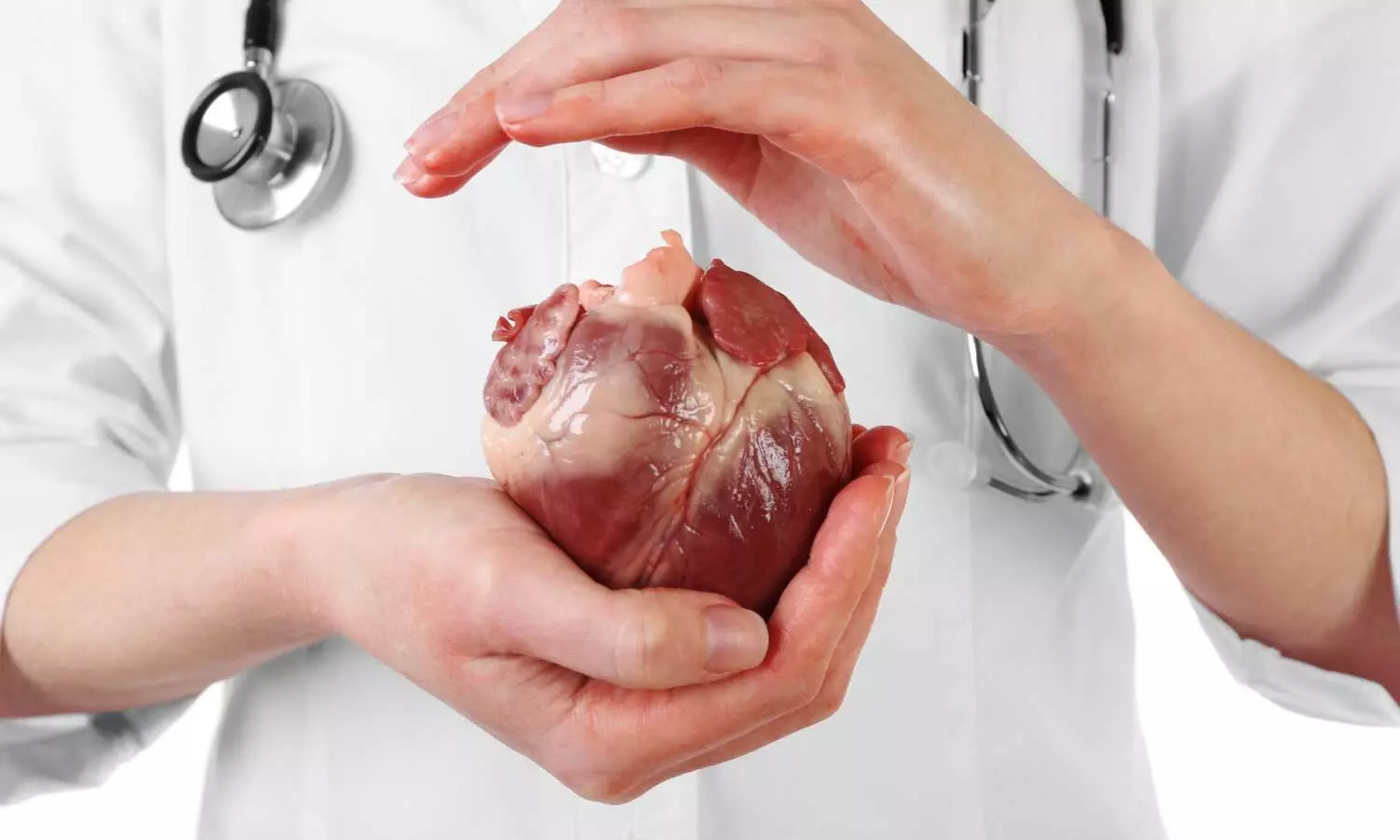- Home
- Medical news & Guidelines
- Anesthesiology
- Cardiology and CTVS
- Critical Care
- Dentistry
- Dermatology
- Diabetes and Endocrinology
- ENT
- Gastroenterology
- Medicine
- Nephrology
- Neurology
- Obstretics-Gynaecology
- Oncology
- Ophthalmology
- Orthopaedics
- Pediatrics-Neonatology
- Psychiatry
- Pulmonology
- Radiology
- Surgery
- Urology
- Laboratory Medicine
- Diet
- Nursing
- Paramedical
- Physiotherapy
- Health news
- Fact Check
- Bone Health Fact Check
- Brain Health Fact Check
- Cancer Related Fact Check
- Child Care Fact Check
- Dental and oral health fact check
- Diabetes and metabolic health fact check
- Diet and Nutrition Fact Check
- Eye and ENT Care Fact Check
- Fitness fact check
- Gut health fact check
- Heart health fact check
- Kidney health fact check
- Medical education fact check
- Men's health fact check
- Respiratory fact check
- Skin and hair care fact check
- Vaccine and Immunization fact check
- Women's health fact check
- AYUSH
- State News
- Andaman and Nicobar Islands
- Andhra Pradesh
- Arunachal Pradesh
- Assam
- Bihar
- Chandigarh
- Chattisgarh
- Dadra and Nagar Haveli
- Daman and Diu
- Delhi
- Goa
- Gujarat
- Haryana
- Himachal Pradesh
- Jammu & Kashmir
- Jharkhand
- Karnataka
- Kerala
- Ladakh
- Lakshadweep
- Madhya Pradesh
- Maharashtra
- Manipur
- Meghalaya
- Mizoram
- Nagaland
- Odisha
- Puducherry
- Punjab
- Rajasthan
- Sikkim
- Tamil Nadu
- Telangana
- Tripura
- Uttar Pradesh
- Uttrakhand
- West Bengal
- Medical Education
- Industry
Direct TAVR superior to Balloon Aortic Valvotomy in Shock and Severe Aortic Stenosis

A new study revealed that direct Transcatheter Aortic Valve Replacement (TAVR) is a better treatment option over rescue Balloon aortic valvotomy for patients with shock and severe Aortic stenosis. The study results were published in the journal Cardiovascular Revascularization Medicine.
The preferred procedure for Severe Aortic valve Stenosis (AS) for patients >65 years, who prefer bioprosthetic valve, have limited life expectancy, or are at high/prohibitive surgical risk for surgical aortic valve replacement is the transcatheter aortic valve replacement/Implantation (TAVR/TAVI) via transfemoral approach. Developments in this method have allowed the direct usage of this procedure as a rescue therapy for critically ill patients. As previous literature showed that emergent TAVR had better outcomes than Balloon aortic valvuloplasty (BAV) researchers conducted a study to compare the strategy of direct TAVR for cardiogenic shock complicating severe AS to urgent BAV utilizing a nationwide database of the National Inpatient Sample (NIS) between 2016 and 2020.
Using the National Inpatient Sample (NIS) Database, nearly 11,405 hospitalizations with severe AS complicated by CS were identified and patients were then stratified as per TAVR or BAV treatment that they received. The differences in baseline characteristics were identified by propensity-score matching. A comparison of the primary and secondary outcomes was carried out between 3485 hospitalizations in the direct TAVR group and 3485 matched hospitalizations in the BAV group. The primary outcome was a composite of all-cause in-hospital death, acute cerebrovascular accident (CVA), and myocardial infarction (MI). Secondary outcomes and safety outcomes were also compared between the two groups.
Findings:
- TAVR was associated with fewer primary outcomes events as compared to BAV, due to fewer all-cause in-hospital deaths and MI.
- TAVR was associated with higher rates of acute CVA and pacemaker implantation post-procedure.
- Patients who undergo urgent TAVR had fewer co-morbidities as compared to patients who underwent urgent BAV.
Thus, Direct TAVR in severe shock Aortic stenosis is a superior treatment option to rescue balloon aortic valvotomy because it reduces the risk of stroke and heart block necessitating a permanent pacemaker while improving all-cause mortality and myocardial infarction incidence during the index hospitalization.
Further reading: Llah ST, Sharif S, Ullah S, et al. TAVR vs balloon aortic valvotomy for severe aortic stenosis and cardiogenic shock: An insight from the national inpatient sample database [published online ahead of print, 2023 May 12]. Cardiovasc Revasc Med. 2023; S1553-8389(23)00181-1. doi: 10.1016/j.carrev.2023.05.006
BDS, MDS
Dr.Niharika Harsha B (BDS,MDS) completed her BDS from Govt Dental College, Hyderabad and MDS from Dr.NTR University of health sciences(Now Kaloji Rao University). She has 4 years of private dental practice and worked for 2 years as Consultant Oral Radiologist at a Dental Imaging Centre in Hyderabad. She worked as Research Assistant and scientific writer in the development of Oral Anti cancer screening device with her seniors. She has a deep intriguing wish in writing highly engaging, captivating and informative medical content for a wider audience. She can be contacted at editorial@medicaldialogues.in.
Dr Kamal Kant Kohli-MBBS, DTCD- a chest specialist with more than 30 years of practice and a flair for writing clinical articles, Dr Kamal Kant Kohli joined Medical Dialogues as a Chief Editor of Medical News. Besides writing articles, as an editor, he proofreads and verifies all the medical content published on Medical Dialogues including those coming from journals, studies,medical conferences,guidelines etc. Email: drkohli@medicaldialogues.in. Contact no. 011-43720751



